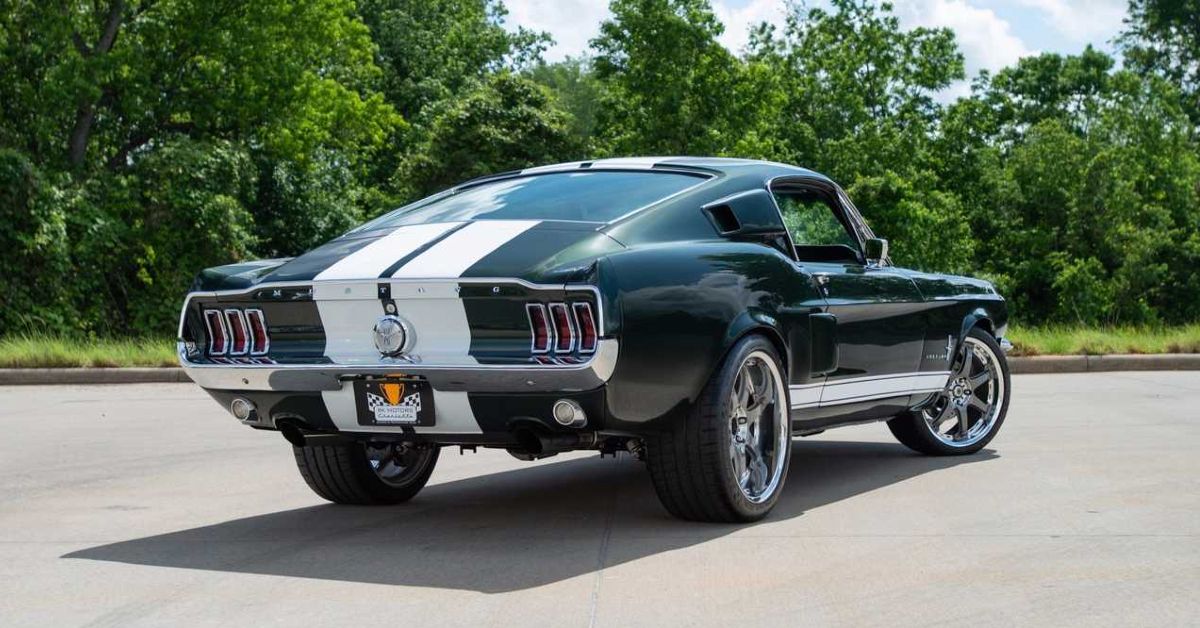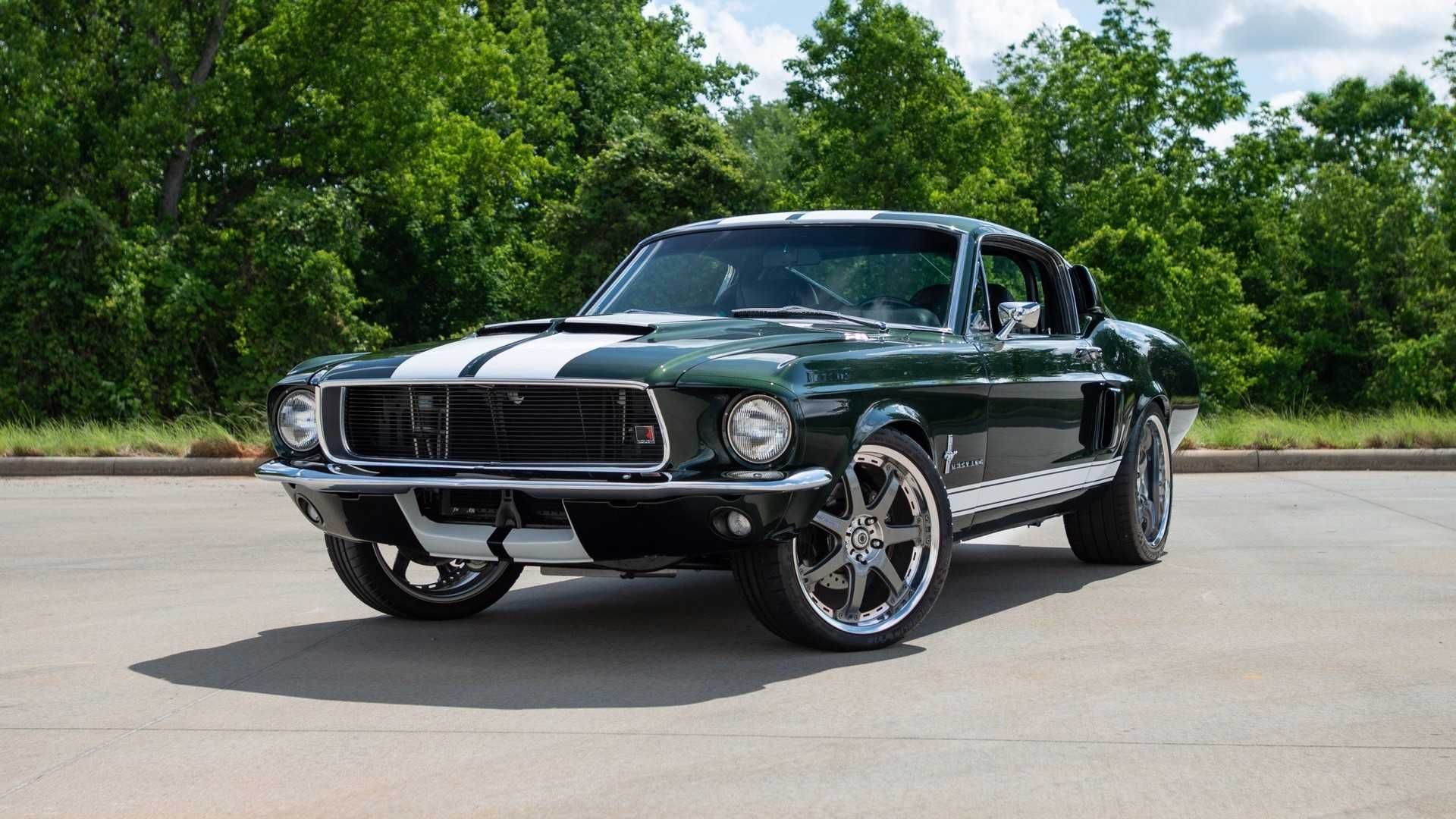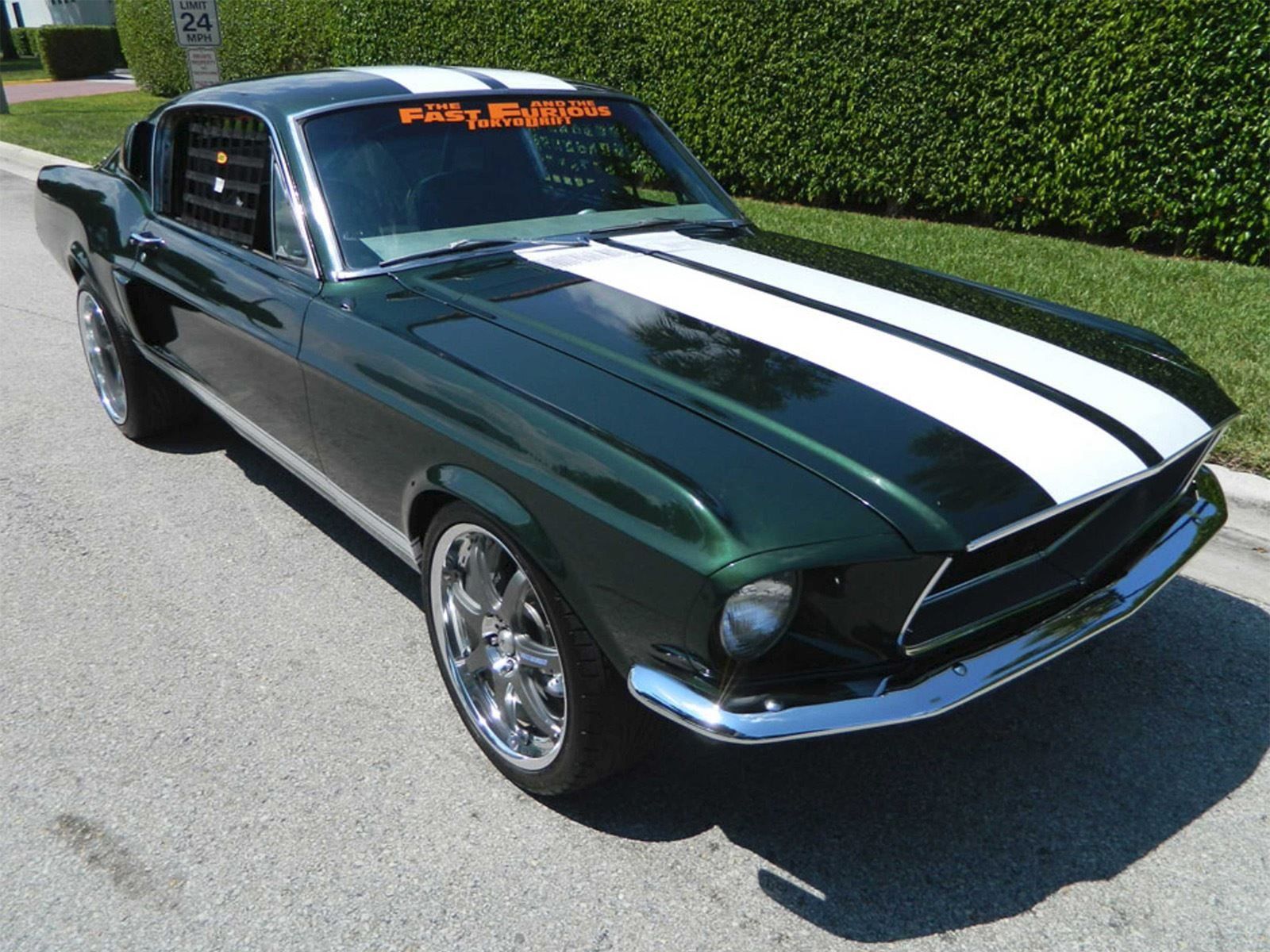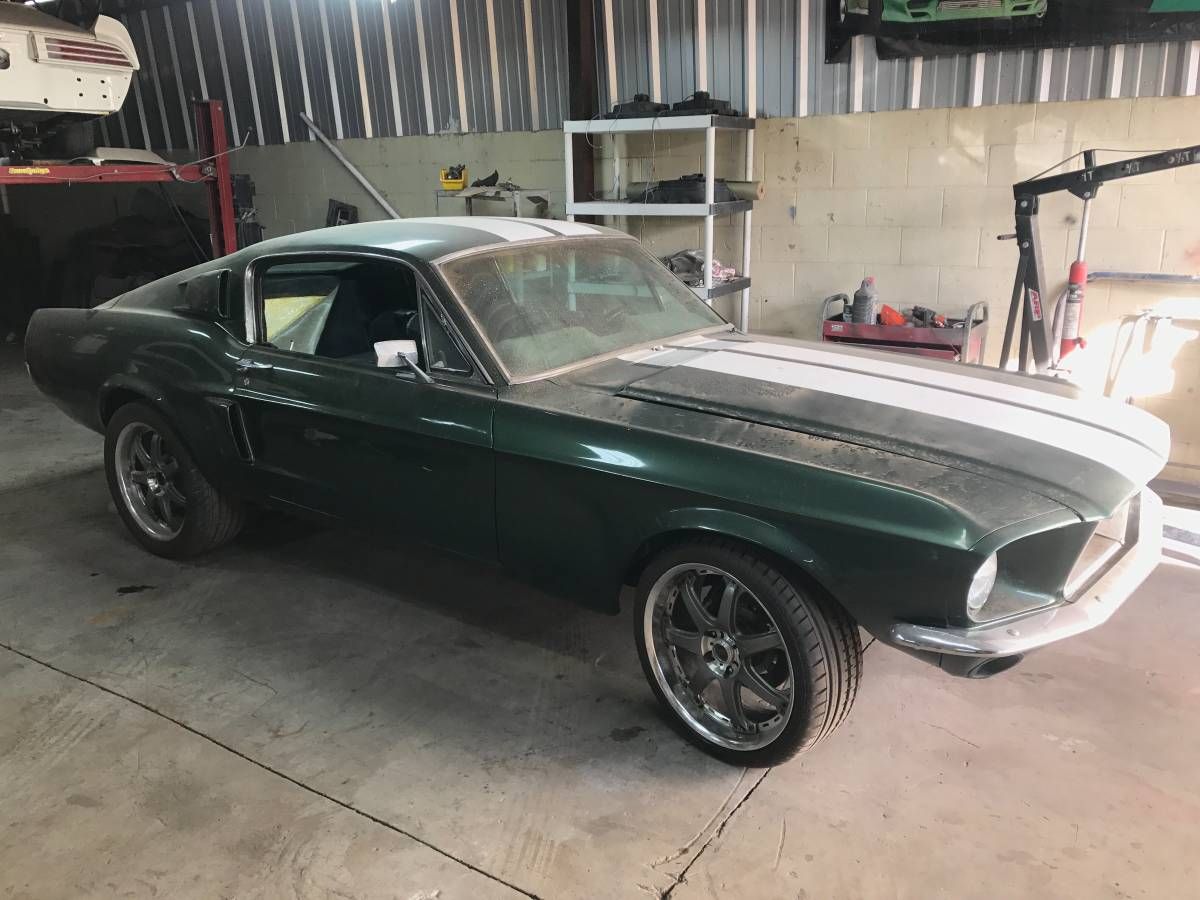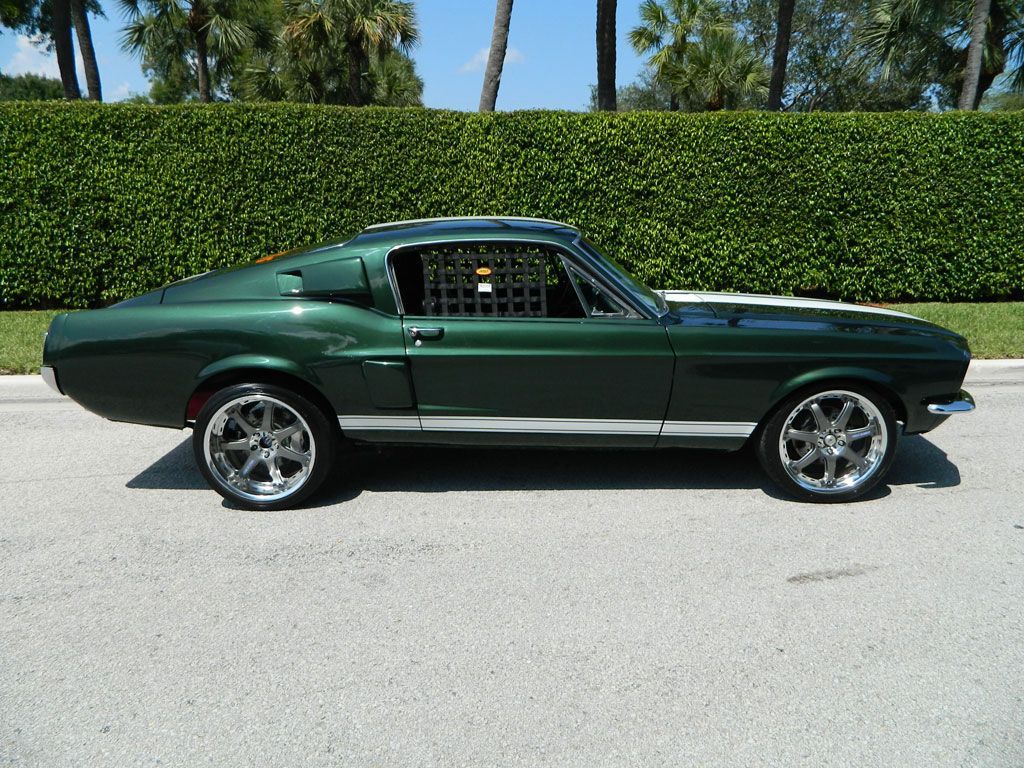When The Fast and the Furious: Tokyo Drift came out in 2006, several Ford Mustangs were used in the making of the movie. Believe it or not, all of the 1967 Ford Mustang Fastbacks used in Tokyo Drift were built using 1968 Ford Mustang models. This modification was so extensive that the production team took two months installing the Nissan Skyline GT-R engine in the 1967 model. On top of that, the production team had a 430-inch Windsor motor with a 9-inch rear end and a spool ready for use. The Mustangs used in production all survived the filming and stunts; however, these vehicles had to be heavily altered and modified to be effective and convincing for their parts in the movie. After filming ended, all of these surviving Ford Mustangs were sold to serious collectors or to museums across the country, where a lot of them still reside today.
Of course, there's a lot more to know about the Ford Mustangs used in Tokyo Drift. Read on to find out some interesting things about these cars.
Multiple Specifications And Modifications Were Involved
For a movie like this, with a lot of action, the Mustangs used in the movie had to be modified and altered to meet certain specifications so they would be ideal for viewing on the big screen. There are a lot of unknown and obscure facts about Ford Mustangs. It might be a bit of an unknown fact that the 1967 Ford Mustang Fastbacks used in Tokyo Drift were built from 1968 Ford Mustang models.
Further, the Nissan Skyline GT-R engine installation took the production team two months to successfully accomplish, and for added effect, they also used a 430-inch Windsor motor with a nine-inch rear end and a spool. As a result, this modified Mustang now had an engine that could produce up to 500 horsepower. The movie had two duplicate Mustangs on hand, each constructed with the same custom engine configuration.
While the engine was the main modification, other upgrades include improved brakes, racing seats, seven-spoke wheels, and a rear roll cage. The Mustangs also ensured their front-mount intercooler had a sufficient air supply by sacrificing the extra headlights. Despite all these modifications, each of the Mustangs used in the movie survived the filming experience more or less intact.
No Actual Drifting Was Involved
Despite the movie title being called “Tokyo Drift,” no actual drifting from the hero car occurred during production. A lot of dubbing and editing gave the appearance of drifting. In the movie, the hero car never did any drifting on-screen, despite it fully capable of going sideways. Any actual drifting scenes were accomplished via the five to six stunt Mustangs on set, all using 403 cubic-inch V-8 crate engines.
Speaking of which, the engine sounds were all dubbed over to sound more intense and furious. Craig Lieberman, the senior producer of Tokyo Drift, met up with Sean Morris, one of the main mechanics who built it, to answer questions about drifting. Morris did a lot of engine swapping once he realized the twin-turbo system wouldn't fit properly between the shock towers.
Consequently, he restored the twin-turbo system back to its original vehicle, leaving the modified Mustang with a single-turbo setup instead. The Mustang that the hero used in Tokyo Drive ultimately put out 340 horsepower at 7300 rpm and 264 lb-ft of torque at 5950 rpm to the wheels. While not the twin-turbo system that Morris originally hoped to use, the final result is still far more powerful than that of any original six-cylinder Mustang. There are several special edition Mustangs available.
They Were Sold After Filming Ended
Thankfully, the fate of the Mustangs after filming ended was not a sad story, as even the worst Ford Mustang found a happy ending. Every Ford Mustang used in the production of Tokyo Drift survived and were not destroyed during filming.
After filming, the customized Mustangs and all of the studio's other unrestored survivors, sold to a California car enthusiast. Specifically, five out of six Ford Mustangs were sold to buyers in Southern California, and they were later sold on eBay and the Recycler. Their prices ranged from $14,000 to $22,000.
The unrestored hero car made its way to a classic car dealer in Florida around 2011, and then the current owner became involved. While he didn't plan on buying a project, the custom Mustang seemed charming and it appealed to him, so he made plans to turn the car into a nice driver. What was intended to be a simple project became more and more detailed and involved. By the end of the project, the car received a six-year, ground-up restoration, completed in 2017.
They Caused Controversy Among Fans
However, Mustang fans take their cars quite seriously and they frequently debate which Mustang is best. For example, people say the boss 302 is the best non-Shelby Mustang. When they saw how the 1967 Ford Mustang was modified for Tokyo Drift, they viewed it as a sort of heresy, growing outrage from the fans.
The 1967 Mustang Fastback used in Tokyo Drift had a barn-sourced ’67 Fastback with a 2.6-liter RB26DETT twin-turbo Skyline GT-R engine fitted into it. It was seen as a disgrace to the standard Mustang the enthusiasts had come to appreciate. Further, Mustang traditionalists were disgusted at the thought of seeing their favorite car with anything other than a Ford V8, causing a lot of controversies. A lot of controversies have been stirred up in the auto world, and this one certainly contributed to it.
Sources: fastandfurious.fandom.com, roadandtrack.com, rkmotors.com, motor-junkie.com,

